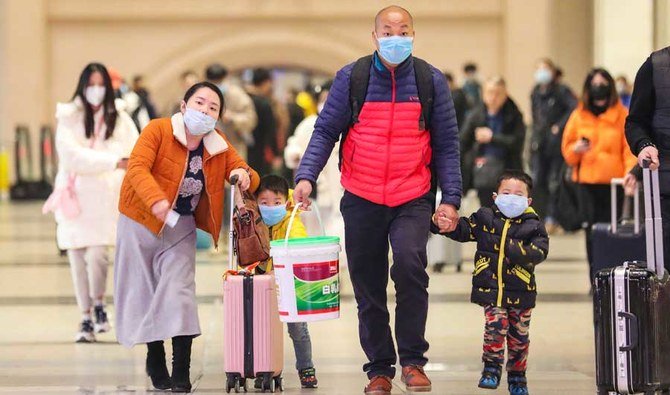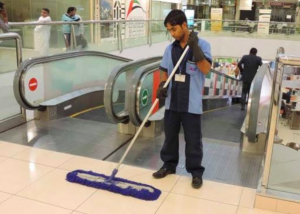Preventing transmission of infectious diseases
- February 11, 2020
- Posted by: Dhivya Srinivasan
- Categories: COVID, Training

Keeping the facility safe for visiting patients and health care workers should be a priority for any facility manager. A clean facility can help the prevention of spreading infectious ailments like flu, common cold, etc. With the dawn of the 2019-nCoVvirus, facilities all over Asia and the world have to take extra precautions in terms of safety and cleanliness to restrict the transmission of germs.
Recent happenings highlight some of the downfalls of traditional cleaning systems. Here are the best practices for cleaning your facilities like hospitals, offices, schools, and others as suggested by Schevaran.
Proper usage of gloves
The improper use of gloves spreads dangerous bacteria. There are several ways to control contaminants, starting with assigning different gloves for household tasks, cleaning of different areas (eg: patient rooms) and jobs involving heavily soiled items. Gloves must always be changed between different chores, should never be worn in hallways, and should be changed when moving from a residential area to a shared restroom space. In addition, hand sanitation and washing is mandatory after removing the gloves
Focus on High-Touch/High-Traffic Areas
As in public restrooms and school facilities, every facility administrator should direct staff to focus on the most-touched surfaces. These include smaller details like bed rails, doorknobs, phones, and remote controls in rooms. Since more people have come in contact with these areas, there is a greater likelihood of transmission of dangerous germs. In facilities like hospitals and malls, common objects and surfaces need to be cleaned, sanitized and disinfected as often as possible. Cleaning involves the removal of external dirt, sanitizing diminishes the number of germs, and disinfection involves essentially getting rid of all germs.
Work from Cleaner to Dirtier Areas of the facility
One of the greatest mistakes that the staff does in commercial cleaning is starting from the dirtiest places – usually the restroom, and moving to the cleaner parts of the facility. This increases the chances of transmission of soils from a bathroom or kitchen when mops and rags are an essential part of the cleaning system. For example – In a hospital, this cleaning should proceed from the rooms of the healthier patients, sick patients to the restrooms in the wards with the sickest patients.
Avoid Cross-Contamination
Probably the biggest challenge for cleaning crews is removing and disposing of contaminants right. Cleaning materials like rags and other cloth materials are guaranteed to spread germs to other parts of the facility. Using a revolutionary technique of spraying, cleaning, vacuuming, sanitizing and disposing of contaminants, your cleaning crew can be certain that these germs don’t leave the room.
 Disposing of the Contaminated Materials Safely
Disposing of the Contaminated Materials Safely
Identifying how and where to dispose of sullied cleaning materials and solutions should be regarded as crucial as the cleaning system itself. The staff should be regulated with strict measures on where they dispose of the cleaning materials. This plays a big role in preventing air pollutions. Whether the materials to be disposed of are soiled linens, dirty cleaning fluids, or contaminated biological materials from clinics, make sure there is no chance for contamination during removal. No-touch cleaning makes the disposal of dirty cleaning fluids easier than ever.
Minimize Chemical Content
Abrasive chemicals can irritate your staff and employees’ nasal passages and harm the skin of cleaning workers and staff. Use solutions with lighter chemical content that is not harmful to your employees (Ref: Janitorial safety). That means that the most powerful cleaning system is also more protected in terms of safety. Invest in technologies like no-touch cleaning where the machine takes care of sanitization.
Restricting the 2019-nCoV
Specifically for a virus like the 2019-nCoV, adopt the following steps. Since the outbreak is a very recent happening, there is no vaccine for the virus yet. However, following these steps can reduce the chances of getting infected:
- Adopt practices like covering your mouth while sneezing, washing hands with soap and water since the virus can be caught with the dispersed germs.
- After touching any external object or even shaking someone’s hands, avoid touching parts of your body like eyes, mouth, etc prior to washing your hands.
- Avoid any unprotected contact with sick people and animals. Protect yourself by obtaining a mask.
- Using sanitizers or alcohol gel cannot be used as a substitute for washing hands in this situation.
- When consuming meat and eggs, ensure that they are thoroughly cooked. Limit yourself to visiting restaurants that you are familiar with and avoiding unhygienic places.
- Rare cases show that the 2019-nCoV virus may also spread through feces contact.
- Be cautious than usual and visit a doctor if you are feeling any of the mentioned symptoms.


